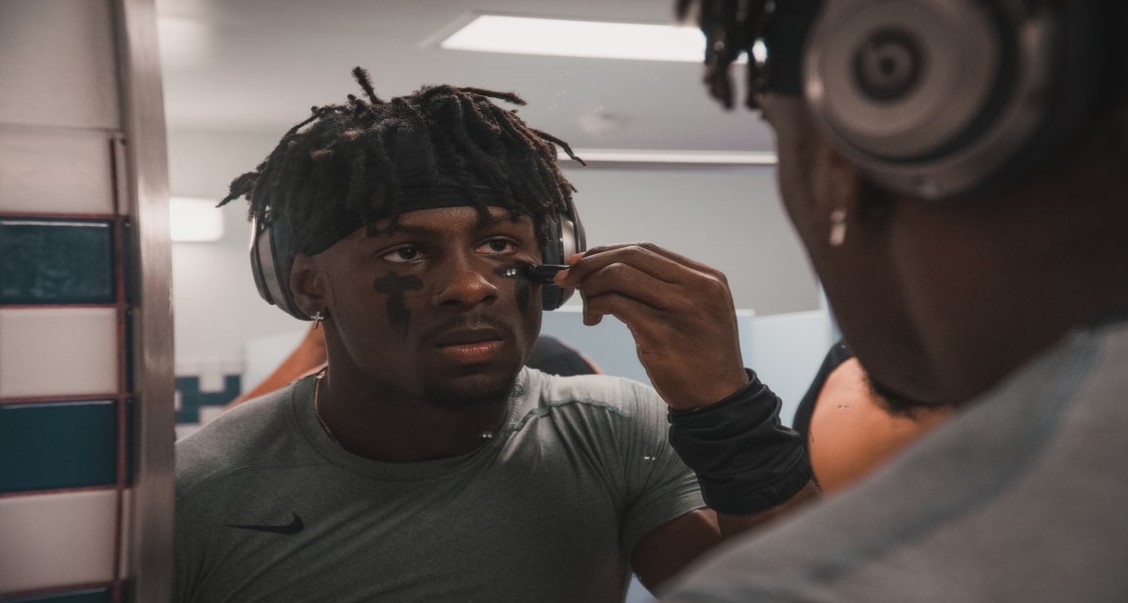In the United States, football is big business. American football, that is.
Internationally, the National Football League is widely recognized. Despite the fact that American football isn’t popular outside the North American country, the NFL’s logo and its most popular teams are familiar to the general public. Powerhouse brands like the Dallas Cowboys, for example, are also known for being one of the world’s most profitable sports teams.
But that doesn’t mean that the NFL is the end-all of American football. The US is home to a handful of other leagues, including newer projects like the Xtreme Football League (XFL) and US Football League (USFL). More importantly, however, the US is also home to a highly developed college football league.
The NCAA stands for the National Collegiate Athletic Association. This organization oversees sports competitions for major colleges and universities across the US. In terms of college football, the NCAA organizes three different leagues based on the level of competition and school size, including Division I, Division II, and Division III.
While the NFL takes the cake in terms of annual revenue, the NCAA’s football branch isn’t far behind. But when it comes to reach, the NCAA has an engaged fanbase of tens of millions, along with healthy ticket sales and profitable broadcasting deals.
Don’t know much about the NCAAF? Here’s what you need to know about the US’s most popular college league.
It’s big for bettors
One of the main differences between the NFL and the NCAA is the number of teams. The NFL has 32 teams across all 50 US states, while the NCAA’s top division (Division I) organizes football for 134 colleges and universities. That means there’s more content for football fans in terms of college play—and that extends to betting, too.
At the moment, the Georgia Bulldogs and Ohio State Buckeyes are the top picks from sports analysts. However, bettors can also choose from a wide range of other bet types. Some popular football specials include over/unders, state futures, and college futures.

Rules differ in the NFL
Betting markets that focus on the NCAA are more robust than many people think—but that doesn’t mean the NCAA and NFL run exactly the same way. There are a handful of important distinctions that bettors need to focus on when switching between the leagues, along with analysts who cover the games.
These rule differences cover things like the number of feet in a complete pass, the penalties given for pass interference by defense, clock stoppages, and what constitutes a down.
The ‘academy’ factor
By far the biggest distinction between the NFL and the NCAA is the purpose of each league. The NFL is the uppermost echelon of American football in the world. It’s a professional league in which players can be drafted, traded, and otherwise negotiate their contracts.
The NCAA, by contrast, is more stringently focused on the sport. Players compete with the hopes of one day being drafted onto an NFL team. That makes the NCAA similar to an academy in a league like the Premier League. Players are able to hone their abilities thanks to solid coaching talent, necessary infrastructure, and equipment.
However, there’s one major distinction: NCAA football stars are also going to school to earn their bachelor’s degrees. Because of this, players don’t receive financial compensation for their performance on the field. Recently, after years-long campaigns to offer NCAA players more rights, the organization changed its approach to compensation.
As of 2021, NCAA players are able to earn money from sponsorships that relate to their name, image, and likeness (NIL). Since then, most sponsorships have been tied to video games.

































